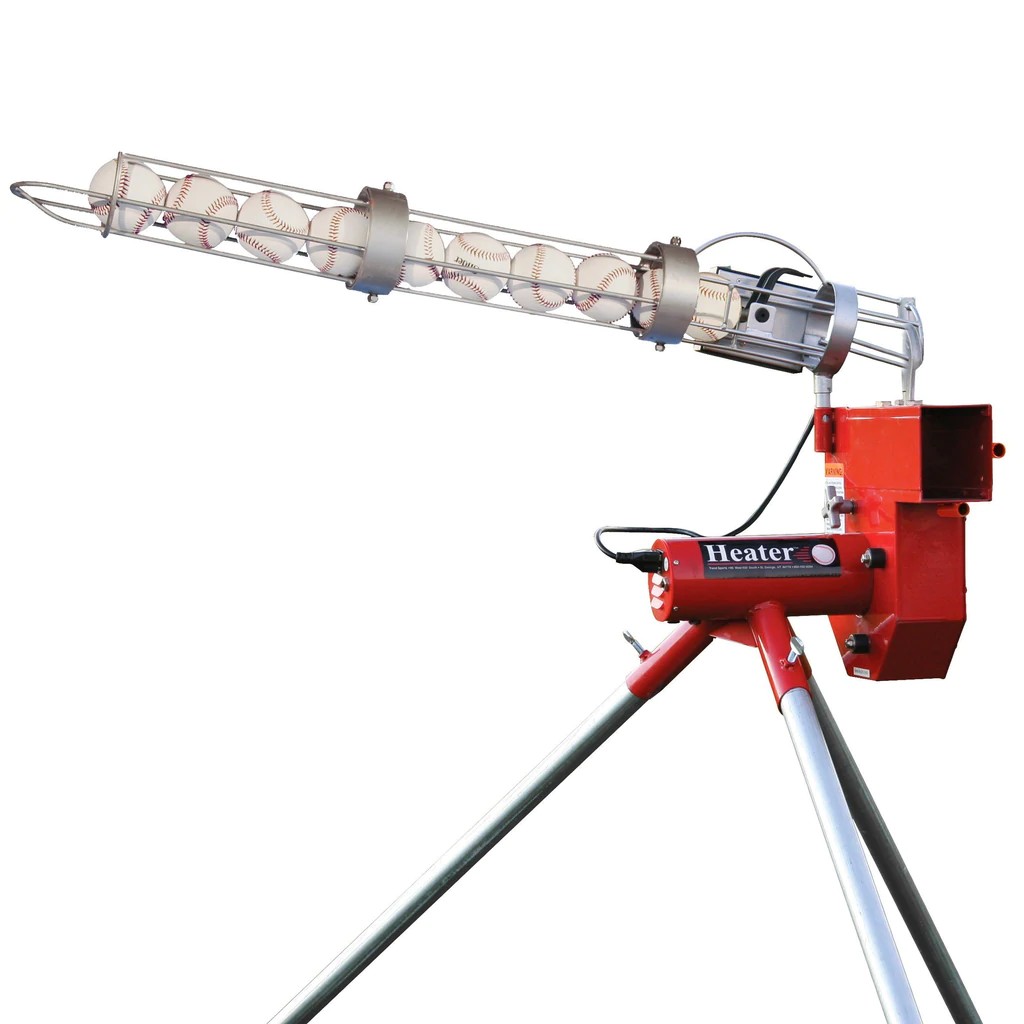Fishing, a pastime and a source of sustenance for many has witnessed significant changes in its methods and tools throughout history. One essential component of fishing gear that has undergone development is the fishing reel. This crucial tool, used for casting and reeling in line has transformed from its origins to the advanced models we have today. This article delves into the evolution of fishing reels charting their journey from traditional designs to contemporary innovations.
The Origins of Fishing Reels
The origins of fishing reels can be traced back to China, where primitive versions were crafted using bamboo and other natural materials. These early reels were uncomplicated in structure typically featuring a spool attached to a rod. Their main purpose was line storage making it simpler for fishermen to handle and retrieve their catches. While the technology was basic it set the stage for progress.
In Europe the evolution of fishing reels gained traction during the century. English tackle shops started producing reels constructed from brass and other metals incorporating sophisticated elements, like gears and handles. These advancements enabled smoother line retrieval and enhanced control over the fishing process.
During the days the craftsmanship of fishing reels was often seen as a form of art that beautifully combined functionality and aesthetics.
The Victorian era was a time of refinement for fishing reels. With the Industrial Revolution in swing manufacturers had access to superior materials and advanced machining techniques. This period introduced the multiplying reel, which used a gear mechanism to increase the amount of line retrieved with each turn of the handle. This advancement proved useful for anglers targeting larger fish or fishing in deeper waters.
Reels from this era were typically crafted from brass or nickel silver. Showcased intricate engravings and designs. They weren't tools but also symbols of status reflecting the wealth and sophistication of their owners. Companies such as Hardy Brothers in England gained renown for producing high quality reels that are now cherished as treasures by collectors and fishing enthusiasts alike.
The early 20th century marked the emergence of fishing reels. The use of materials like aluminum and stainless steel along with advancements, in engineering resulted in the development of durable and efficient reels.
The invention of the spinning reel during the 1930s transformed fishing by simplifying the process for anglers to cast lures over long distances.
Spinning reels, equipped with a fixed spool and rotating bail brought about an enhancement in managing fishing line and achieving accurate casts. They quickly became popular. Were considered essential tools for every angler. The following decades, the 1940s and 1950s witnessed further advancements with the introduction of baitcasting reels that offered greater precision and control especially when using heavier lures or fishing under challenging circumstances.
In the era of technology fishing reels have greatly benefited from progress in technology and materials science. Contemporary reels are often crafted from lightweight materials like carbon fiber and titanium. These materials strike a balance between strength and weight resulting in sturdy yet easy to handle reels.
One notable recent innovation is the integration of braking mechanisms in baitcasting reels. These systems employ magnets or centrifugal force to regulate spool speed thereby reducing backlash risks and enhancing casting precision. Additionally digital technology has made its mark on fishing gear with some top tier reels featuring systems that offer real time information, on line speed and tension.
Ergonomics and Style
Todays fishing reels go beyond performance; they also focus on ergonomics and style. Manufacturers carefully consider the design and feel of their products to ensure they are comfortable for long term use. Handles are often designed with comfort in mind and controls are positioned for operation. Moreover the modern reels boast designs with sleek looks and customizable features to cater to individual angler preferences.
Sustainability and Eco Friendly Practices
With increasing awareness the fishing equipment industry is moving towards sustainability. Many contemporary reels are crafted using eco materials and manufacturing processes that reduce environmental impact. Companies are adopting practices to ensure their products not perform well but also align with environmental responsibility.
The Future of Fishing Reels
Looking forward the future of fishing reels holds advancements. With technological progress we can anticipate reels becoming more efficient, durable and user friendly. Innovations like reels that incorporate sensors and connectivity options for detailed insights and analytics are, on the horizon. These developments will not elevate the fishing experience but also contribute to expanding knowledge in the sport.
In Summary
The progression of fishing reels from designs to modern advancements showcases human creativity and the enduring charm of fishing, as a leisure activity. Each era has introduced improvements enhancing the functionality, efficiency and visual appeal of this essential fishing gear. Looking ahead its thrilling to envision the innovations that will further influence the craft and technology of fishing. Whether you're an angler or just starting out the fishing reel continues to be a vital instrument that harmoniously combines tradition with cutting edge technology.









